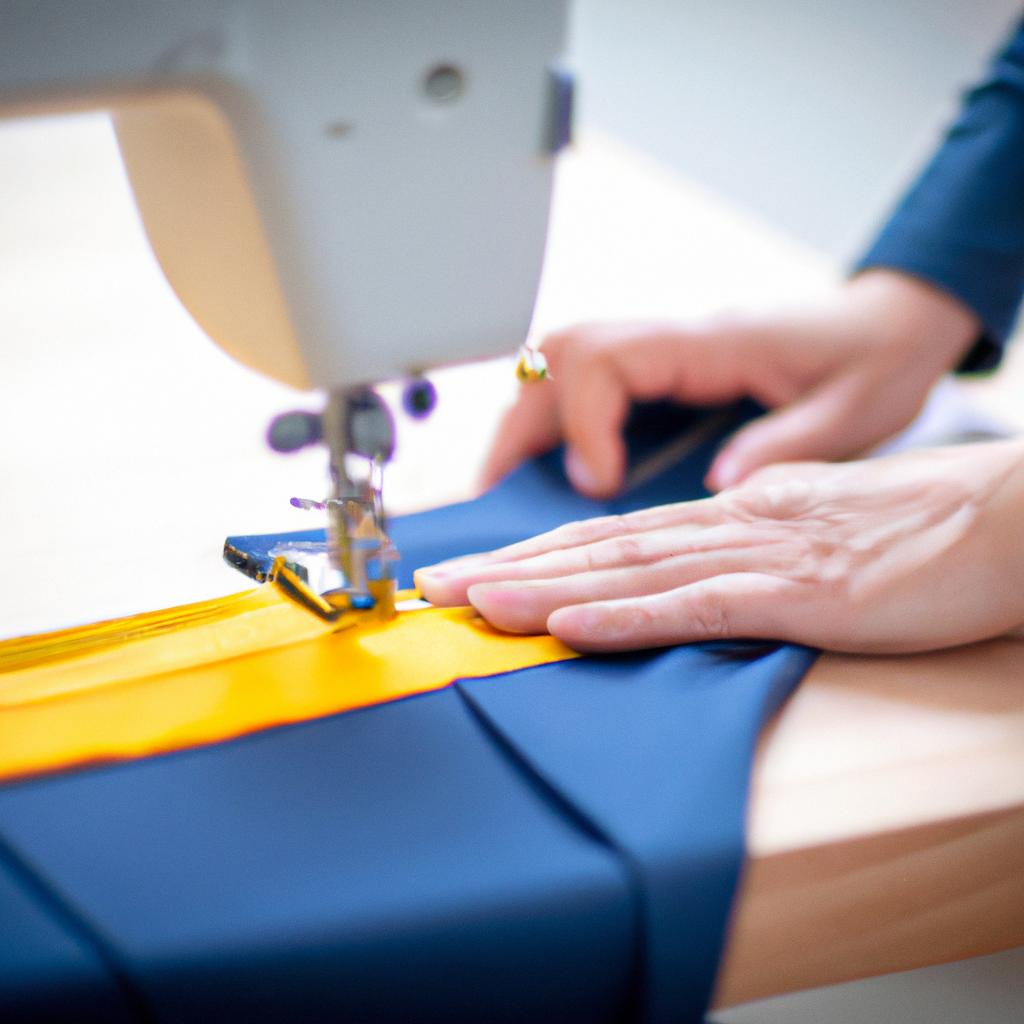In a world increasingly obsessed with the latest trends and fast fashion, the art of repair often feels like a lost craft, overshadowed by the allure of new purchases. Yet, hidden within the seams of our favorite garments and the scratches of our beloved furniture lies a wealth of potential waiting to be unlocked. “Mastering the Basics: Simple Repair Skills to Revive Clothes and Furniture” delves into the transformative power of simple repair techniques that breathe new life into the items we cherish. Whether it’s stitching up a tear in a cherished sweater or securing a wobbly chair, these basic skills not only extend the lifespan of our possessions but also nurture a mindful approach to consumption. Join us as we explore the practical and satisfying journey of mastering essential repair skills, empowering you to preserve the stories woven into your clothes and furniture, and cultivate a more sustainable lifestyle.
Revitalizing Wardrobes: Essential Sewing Techniques for Every Home
Every wardrobe holds the potential for transformation with a few essential sewing techniques that breathe new life into tired garments and furniture upholstery. Beyond simply stitching, these skills foster creativity and resourcefulness, allowing you to customize your belongings while reducing waste. Here are some practical methods to consider:
- Patching: Revive worn-out areas by incorporating fabric patches that add a splash of style.
- Hemming: Tailor the length of pants and skirts for a perfect fit, ensuring they complement your silhouette.
- Seam Repair: Fix frayed seams with a straight or zigzag stitch, stabilizing the integrity of your clothes.
- Basting: Use temporary stitches to hold fabric pieces together, making it easier to try on adjustments.
- Reupholstering: Give furniture a fresh look by replacing outdated fabric with bold patterns.
Embracing these techniques not only enhances the appearance of your wardrobe but also promotes a sustainable lifestyle, encouraging a mindset of repair over discard. Equip yourself with these skills, and you’ll find endless possibilities within the fabric of your everyday life.
| Technique | Materials Needed | Skill Level |
|---|---|---|
| Patching | Fabrics, scissors, thread | Beginner |
| Hemming | Measuring tape, pins, sewing machine | Beginner |
| Seam Repair | Thread, needle, sewing machine | Intermediate |
| Basting | Thread, needle | Beginner |
| Reupholstering | Upholstery fabric, staple gun | Advanced |

Transforming Furniture: Quick Fixes to Restore Your Favorite Pieces
When it comes to giving new life to your beloved furniture, a few simple techniques can work wonders. Start by assessing the damage—whether it’s a scratch on the surface, loose legs, or just an outdated color. Here are some effective strategies to consider:
- Wood Scratch Repair: Use a walnut to fill in minor scratches. Simply rub the meat of the nut directly onto the blemish, and then buff it with a soft cloth to blend.
- Reupholstering: For worn-out chairs, consider reupholstering using patterned fabric or fun colors. It’s a simple way to make them pop and fit your current decor.
- Paint Refresh: A fresh coat of paint can breathe new life into tired furniture. Choose chalk paint for a matte finish or a glossy spray for a sleek, updated look.
- Hardware Replacement: Changing out knobs and pulls can dramatically alter the appearance of cabinets and dressers without a complete overhaul.
For more extensive repairs, having the right tools is essential. Here’s a quick reference table for handy tools that can help with your furniture restoration projects:
| Tool | Purpose |
|---|---|
| Screwdriver | To tighten or remove hardware and joints. |
| Sandpaper | For smoothing surfaces before painting or staining. |
| Staple Gun | Essential for reupholstering furniture. |
| Wood Glue | To bond loose wooden pieces for long-lasting repairs. |
With a little creativity and some effort, you can transform your furniture into pieces that not only look fantastic but also rekindle memories of their original charm.
Closing Remarks
As we wrap up our exploration of simple repair skills that can breathe new life into your cherished clothes and furniture, remember that mastery begins with small steps. Each stitch, each joint you reinforce, is not just a practical skill but an act of preservation, a way to honor the stories woven into the fabric of your belongings. Embracing these techniques not only fosters creativity and resourcefulness but also promotes sustainability in a world increasingly defined by disposability.
So, gather your tools, embrace the process, and let your hands transform the old into the renewed. With every repair, you’re not merely mending items; you’re nurturing a deeper connection to the things you own and adding your unique touch to their narrative. Here’s to revitalizing not just your clothes and furniture, but also the spirit of craftsmanship that keeps these skills alive for generations to come. Happy repairing!










